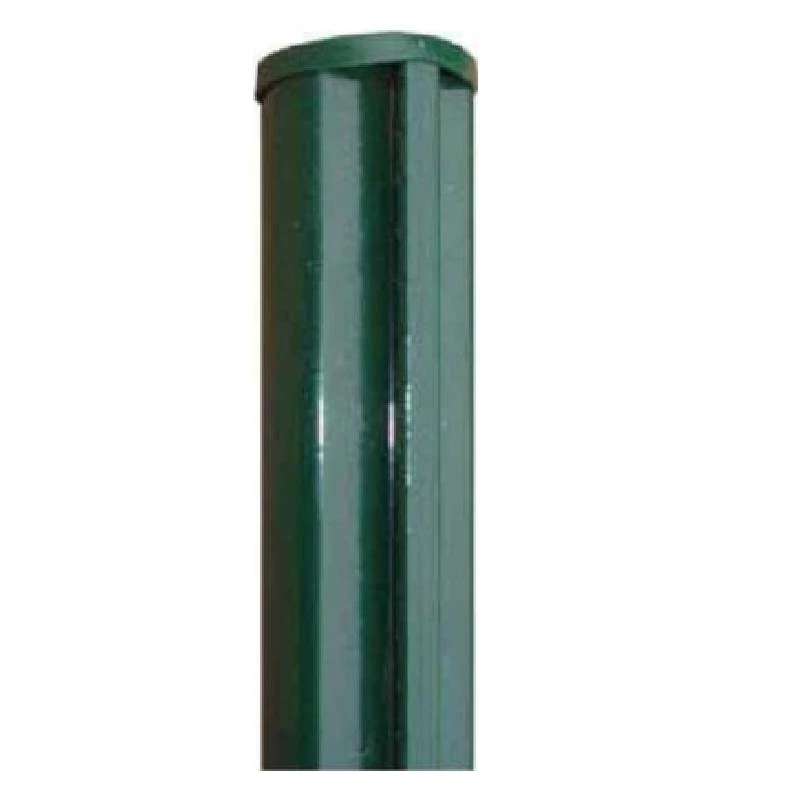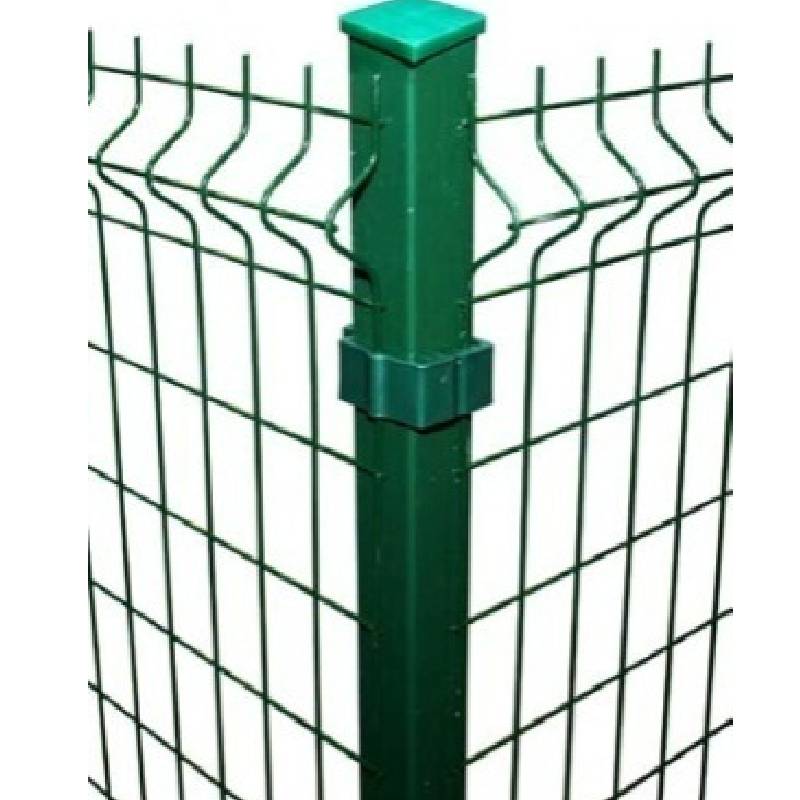-
E-posta:zhao@hyliec.cn
-
Tel:+86 311 85273988
-
Naber:8613931128750
-
 Afrikalı
Afrikalı -
 Arnavut
Arnavut -
 Amharca
Amharca -
 Arapça
Arapça -
 Ermeni
Ermeni -
 Azerice
Azerice -
 Bask
Bask -
 Belarusça
Belarusça -
 Bengalce
Bengalce -
 Boşnakça
Boşnakça -
 Bulgarca
Bulgarca -
 Katalanca
Katalanca -
 Cebuano
Cebuano -
 Korsikalı
Korsikalı -
 Hırvat
Hırvat -
 Çek
Çek -
 Danimarka
Danimarka -
 Flemenkçe
Flemenkçe -
 İngilizce
İngilizce -
 Esperanto
Esperanto -
 Estonyalı
Estonyalı -
 Fince
Fince -
 Fransızca
Fransızca -
 Frizce
Frizce -
 Galiçyaca
Galiçyaca -
 Gürcüce
Gürcüce -
 Almanca
Almanca -
 Yunan
Yunan -
 Gujarati dili
Gujarati dili -
 Haiti Kreyolu
Haiti Kreyolu -
 Hausa
Hausa -
 Hawaii dili
Hawaii dili -
 İbranice
İbranice -
 Hayır
Hayır -
 Miao
Miao -
 Macarca
Macarca -
 İzlandaca
İzlandaca -
 İbo
İbo -
 Endonezya dili
Endonezya dili -
 İrlandalı
İrlandalı -
 İtalyan
İtalyan -
 Japonca
Japonca -
 Cava
Cava -
 Kannadaca
Kannadaca -
 Kazak
Kazak -
 Kmer
Kmer -
 Ruanda
Ruanda -
 Koreli
Koreli -
 Kürt
Kürt -
 Kırgız
Kırgız -
 TB
TB -
 Latince
Latince -
 Letonca
Letonca -
 Litvanyalı
Litvanyalı -
 Lüksemburgca
Lüksemburgca -
 Makedonca
Makedonca -
 Malgaşi
Malgaşi -
 Malayca
Malayca -
 Malayalam
Malayalam -
 Malta
Malta -
 Maori
Maori -
 Marathi
Marathi -
 Moğolca
Moğolca -
 Myanmar
Myanmar -
 Nepalce
Nepalce -
 Norveççe
Norveççe -
 Norveççe
Norveççe -
 Oksitanca
Oksitanca -
 Peştuca
Peştuca -
 Farsça
Farsça -
 Lehçe
Lehçe -
 Portekizce
Portekizce -
 Pencap
Pencap -
 Romen
Romen -
 Rusça
Rusça -
 Samoalı
Samoalı -
 İskoç Galcesi
İskoç Galcesi -
 Sırpça
Sırpça -
 İngilizce
İngilizce -
 Shona
Shona -
 Sindhi
Sindhi -
 Sinhala
Sinhala -
 Slovak
Slovak -
 Slovence
Slovence -
 Somalili
Somalili -
 İspanyol
İspanyol -
 Sundan dili
Sundan dili -
 Svahili
Svahili -
 İsveççe
İsveççe -
 Tagalogca
Tagalogca -
 Tacikçe
Tacikçe -
 Tamilce
Tamilce -
 Tatar
Tatar -
 Telugu
Telugu -
 Tay dili
Tay dili -
 Türkçe
Türkçe -
 Türkmence
Türkmence -
 Ukrayna
Ukrayna -
 Urduca
Urduca -
 Uygur
Uygur -
 Özbekçe
Özbekçe -
 Vietnam
Vietnam -
 Galce
Galce -
 Yardım
Yardım -
 Yidiş
Yidiş -
 Yoruba
Yoruba -
 Zuluca
Zuluca
Eskrim Direği
What Type Of Fence Post Is Best?
The best type of fence post depends on various factors such as the type of fence, local climate, soil conditions, and personal preferences. Common options for fence posts include:
1. Round steel posts: Round steel posts are a traditional and versatile choice, suitable for various fence types. They can be treated to resist rot and decay, but may require maintenance over time.
2. Square steel posts and rabbet posts offer durability and strength, making them suitable for supporting heavy or high-security fences. They are resistant to rot and insect damage.
3. Steel round posts/ square posts/ rabbet with base plate: They are suitable to install on the concrete ground, and fixed by concrete nails.
What Size Is A Fence Post?
Fence posts come in various sizes, typically having Φ32 Φ34 Φ38 Φ48 Φ60 Φ80 for round steel posts and 40x40 60x60 40x60 60x60 80x80 100x100 etc for square tube posts in dimension. The specific size of a fence post depends on the type of fence being installed, the height and weight of the fence panels, and the local building codes or regulations. It's important to select the appropriate size of fence post to ensure stability and structural integrity for the specific fencing project. Consulting with a professional or referring to local building codes can provide guidance on the recommended size of fence posts for a particular application.
Fence Post FAQ:
What type of fence post is best?
The best type of fence post depends on various factors such as the type of fence, local climate, soil conditions, and personal preferences. Common options for fence posts include round steel posts, square steel posts and rabbet steel posts, posts with base plate or without base plate. Each type has its own advantages and considerations, so it's important to choose the most suitable option based on the specific requirements of the fence project.
What size is a fence post?
Fence posts come in various sizes, typically typically having Φ32 Φ34 Φ38 Φ48 Φ60 Φ80 for round steel posts and 40x40 60x60 40x60 60x60 80x80 100x100 etc for square tube posts in dimension. The specific size of a fence post depends on the type of fence being installed, the height and weight of the fence panels, and local building codes or regulations. It's important to select the appropriate size of fence post to ensure stability and structural integrity for the specific fencing project.
How to install a panel fence?
Paneling a fence involves several steps, including measuring and planning, installing the posts, attaching the panels, adding finishing touches, and performing regular maintenance. It's important to follow the manufacturer's instructions and local building codes when paneling a fence to ensure proper installation and compliance with regulations. If in doubt, it's advisable to consult with a professional or seek guidance from experienced individuals.






